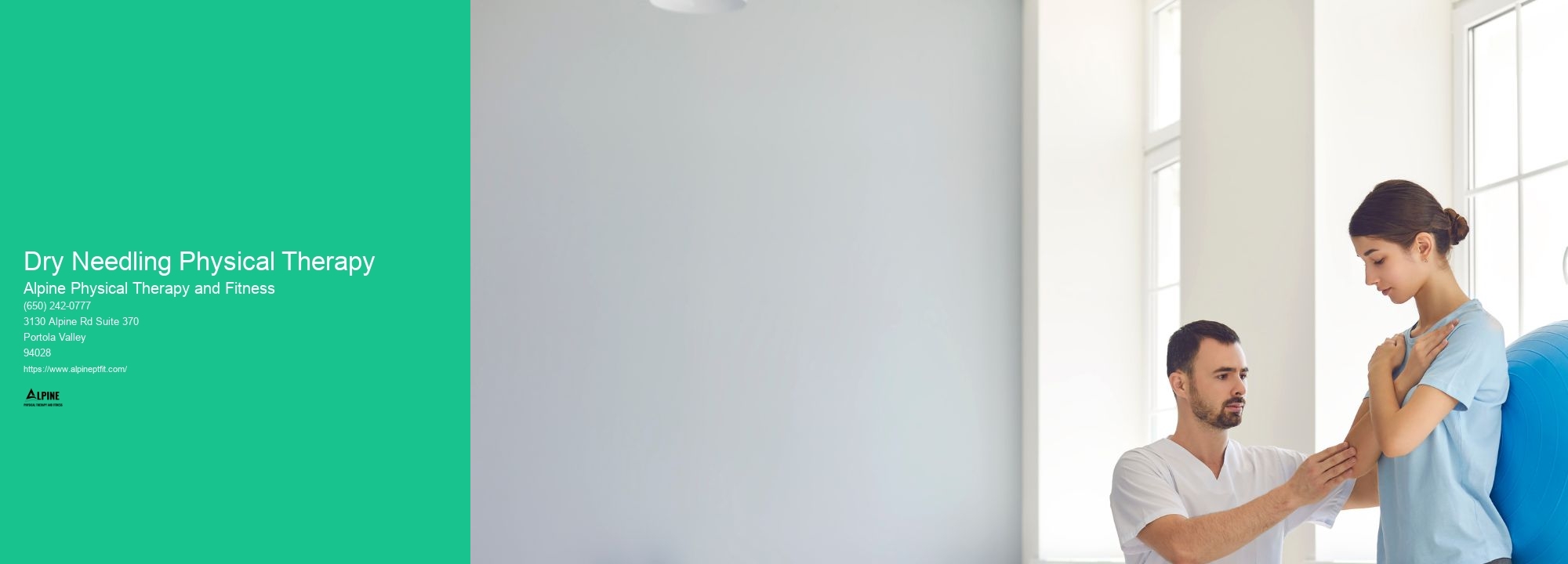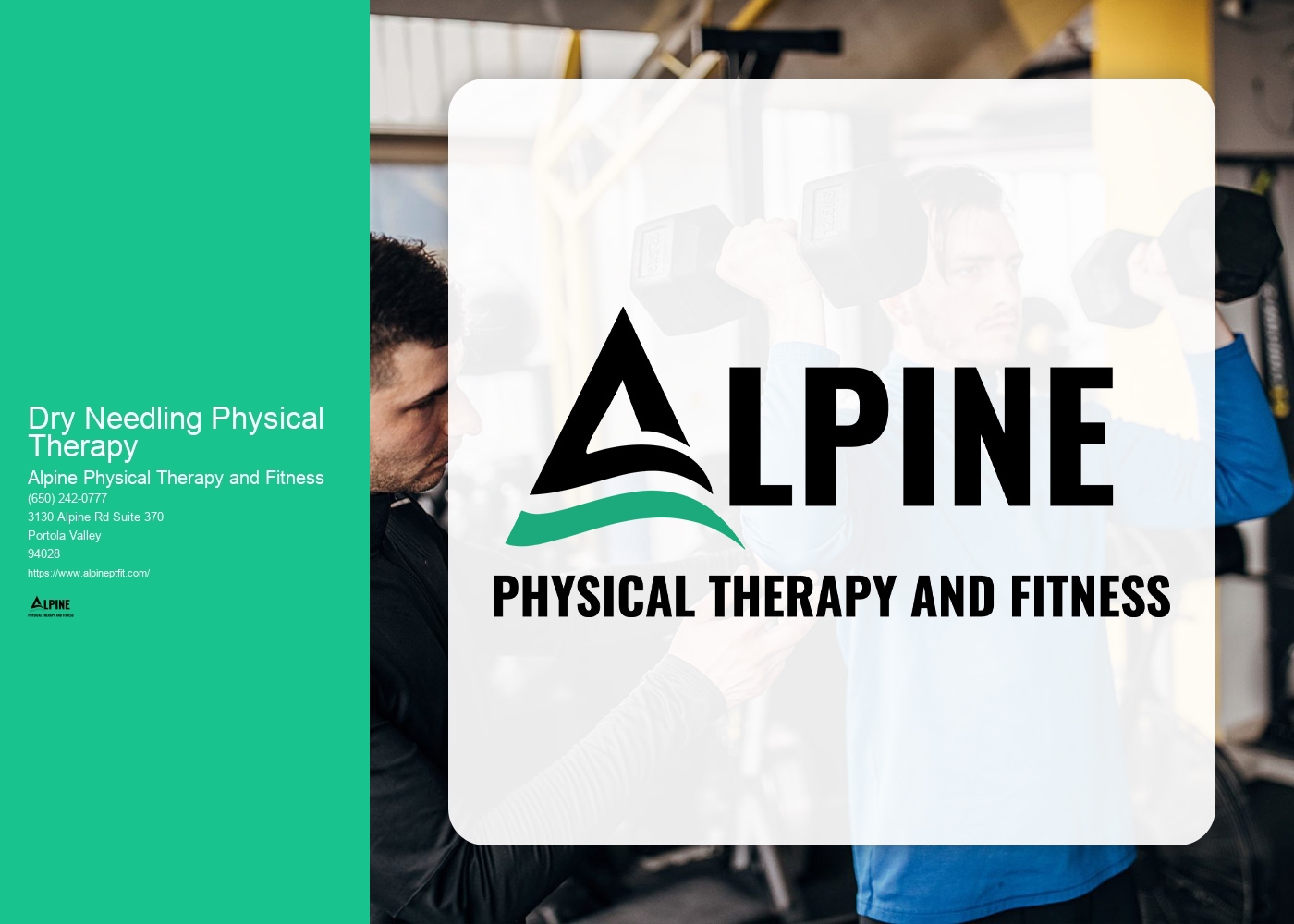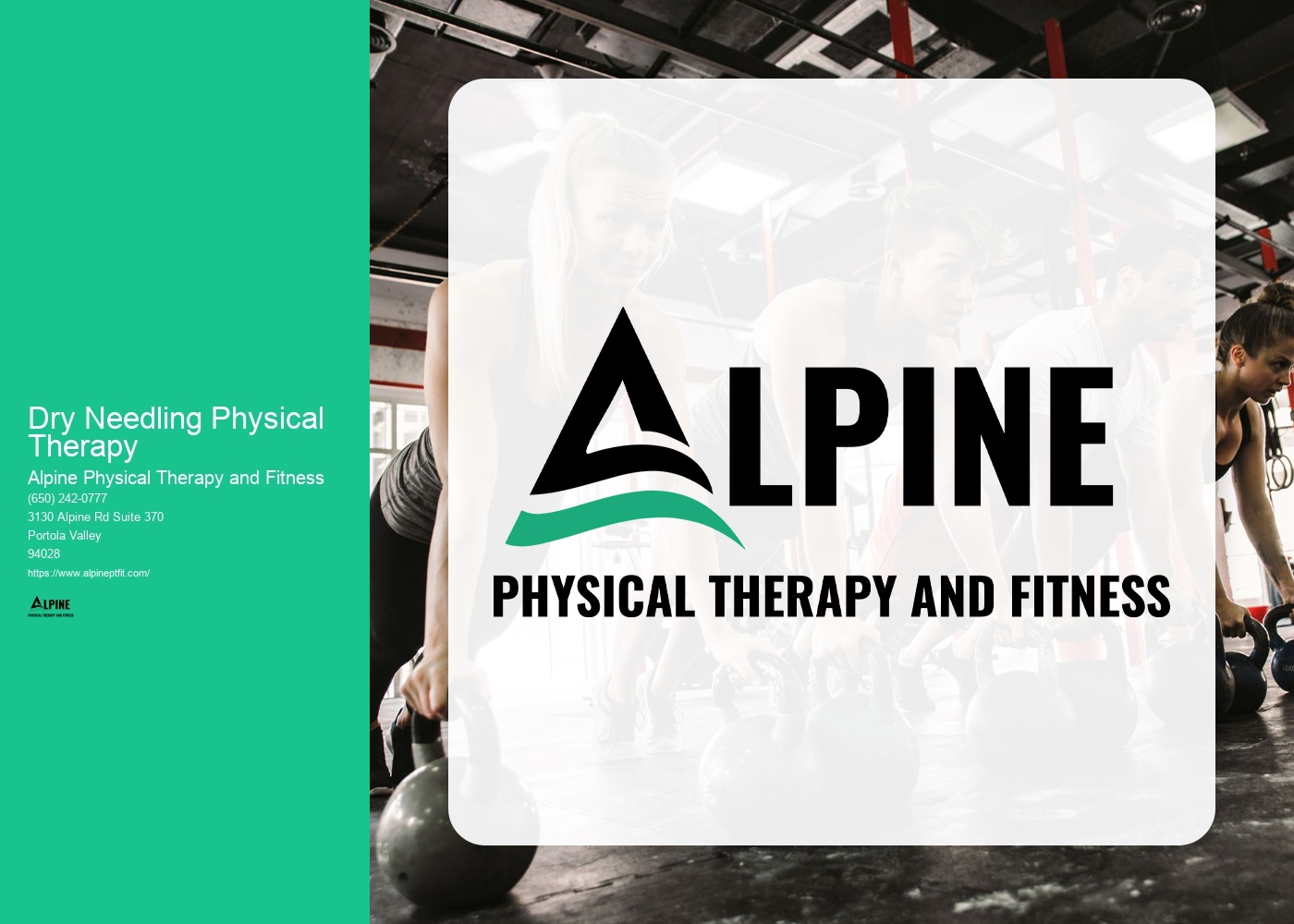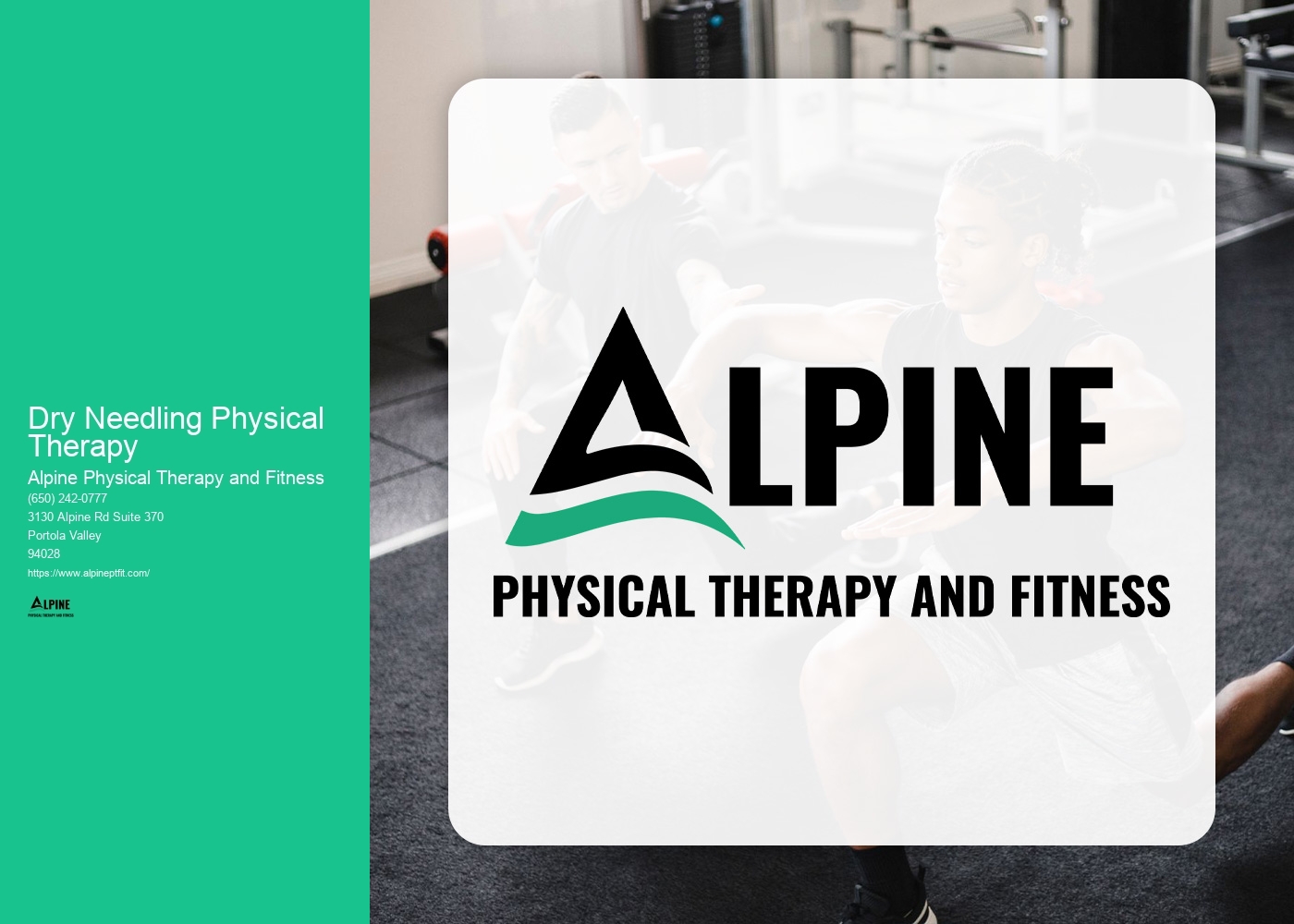

Dry needling is a technique used by physical therapists to treat muscle pain and dysfunction. It involves inserting thin needles into trigger points, or knots, in the muscles to release tension and promote healing. While dry needling and acupuncture both involve the use of needles, they differ in their underlying principles and techniques. Acupuncture is based on traditional Chinese medicine and aims to balance the flow of energy in the body, while dry needling focuses on targeting specific muscle trigger points to alleviate pain and improve function.
Dry needling can be used to treat a variety of conditions. It is commonly used for musculoskeletal issues such as neck and back pain, shoulder impingement, tennis elbow, and knee osteoarthritis. It can also be effective in managing headaches, fibromyalgia, and myofascial pain syndrome. By targeting trigger points, dry needling helps to release muscle tension, improve blood flow, and reduce pain and inflammation.
One of the common concerns about dry needling is whether it is painful. While everyone's pain tolerance is different, most people experience minimal discomfort during the procedure. The needles used in dry needling are very thin, similar to acupuncture needles, and are typically inserted into the muscle trigger points. Some people may feel a slight prick or a dull ache, but it is generally well-tolerated. The physical therapist will work closely with the patient to ensure their comfort throughout the session.

The duration of a dry needling session can vary depending on the individual and the specific condition being treated. On average, a session can last between 15 to 30 minutes. The therapist will assess the patient's needs and determine the appropriate length of the session. It is important to note that dry needling is often used as part of a comprehensive treatment plan, which may include other therapeutic techniques and exercises.
The number of dry needling sessions required to see results can vary depending on the individual and the severity of their condition. Some people may experience immediate relief after the first session, while others may require multiple sessions to achieve the desired outcome. The therapist will evaluate the patient's progress and adjust the treatment plan accordingly. It is important to have realistic expectations and to communicate openly with the therapist about any concerns or questions.

Like any medical procedure, there are potential side effects and risks associated with dry needling. The most common side effects include temporary soreness, bruising, and minor bleeding at the needle insertion sites. In rare cases, more serious complications such as infection or nerve damage can occur. However, these risks are minimal when the procedure is performed by a trained and licensed physical therapist. It is important to choose a qualified professional who follows proper hygiene and safety protocols.
While dry needling is generally safe, there are certain contraindications to consider. People with bleeding disorders, compromised immune systems, or who are taking blood-thinning medications may not be suitable candidates for dry needling. Additionally, pregnant women should avoid certain areas of the body during treatment. It is important to discuss any medical conditions or concerns with the physical therapist before undergoing dry needling to ensure its appropriateness and safety.

Physical therapy plays a crucial role in managing hypertension by incorporating exercise and lifestyle modifications into the treatment plan. Physical therapists use a combination of aerobic exercises, resistance training, and flexibility exercises to help lower blood pressure levels. These exercises help improve cardiovascular fitness, reduce arterial stiffness, and enhance blood vessel function. Additionally, physical therapists educate patients on the importance of regular physical activity, healthy eating habits, stress management techniques, and smoking cessation to further control hypertension. By addressing these lifestyle factors, physical therapy can effectively contribute to the overall management of hypertension and improve the patient's quality of life.
Physical therapy plays a crucial role in addressing overuse injuries in runners by employing a comprehensive approach that focuses on reducing pain, promoting healing, and preventing future injuries. Physical therapists utilize a variety of techniques and modalities such as manual therapy, therapeutic exercises, stretching, and strengthening exercises to target the specific muscles and tissues affected by the overuse injury. They also provide education on proper running form, footwear selection, and training modifications to prevent further strain on the injured area. Additionally, physical therapists may incorporate other interventions like ultrasound, electrical stimulation, and heat or cold therapy to further enhance the healing process. By tailoring the treatment plan to the individual runner's needs and goals, physical therapy helps runners recover from overuse injuries and return to their sport safely and efficiently.
Physical therapy plays a crucial role in addressing toe-walking in children. Toe-walking refers to a gait pattern where a child walks on their toes instead of using their entire foot. Physical therapists use a variety of techniques and interventions to address this issue. They may focus on improving muscle strength and flexibility in the lower legs and feet through exercises and stretches. They may also work on improving balance and coordination to help the child transition to a more typical heel-to-toe walking pattern. Additionally, physical therapists may use orthotic devices, such as ankle-foot orthoses, to provide support and encourage proper foot alignment. By addressing the underlying factors contributing to toe-walking, physical therapy can help children develop a more functional and efficient walking pattern.
Physical therapy can be highly beneficial for older adults with osteoarthritis. By incorporating a range of exercises and techniques, physical therapists can help improve joint mobility, reduce pain, and increase overall function. Therapeutic exercises, such as range of motion exercises and strengthening exercises, can help improve joint flexibility and muscle strength, which can alleviate the symptoms of osteoarthritis. Additionally, manual therapy techniques, such as joint mobilization and soft tissue mobilization, can help reduce pain and improve joint function. Physical therapists may also provide education on proper body mechanics and posture, as well as recommend assistive devices, such as braces or canes, to help older adults with osteoarthritis maintain their independence and reduce the risk of falls. Overall, physical therapy plays a crucial role in managing osteoarthritis in older adults, helping them maintain an active and fulfilling lifestyle.
Physical therapy can be a valuable treatment option for individuals with pulmonary fibrosis. Pulmonary fibrosis is a progressive lung disease characterized by the scarring of lung tissue, which can lead to difficulty breathing and reduced lung function. Physical therapy interventions, such as breathing exercises, chest physiotherapy, and aerobic conditioning, can help improve lung function, increase exercise tolerance, and enhance overall quality of life for individuals with pulmonary fibrosis. These interventions aim to optimize respiratory mechanics, promote effective coughing and secretion clearance, and enhance cardiovascular fitness. Additionally, physical therapists can provide education and support to individuals with pulmonary fibrosis, helping them manage their symptoms and adapt to their condition. Overall, physical therapy can play a crucial role in the comprehensive management of pulmonary fibrosis, improving functional capacity and enhancing the overall well-being of individuals affected by this condition.
Physical therapists utilize the Mulligan Concept as a technique for joint mobilization in their practice. This approach involves the application of sustained manual pressure and movement to specific joints in order to improve their range of motion and reduce pain. The Mulligan Concept focuses on the concept of mobilization with movement, where the therapist applies a specific force while the patient actively performs a specific movement. This technique allows for the restoration of normal joint mechanics and function, promoting healing and improving overall physical well-being. Physical therapists who employ the Mulligan Concept are trained to assess and treat various musculoskeletal conditions, using their expertise to provide targeted and effective joint mobilization interventions.